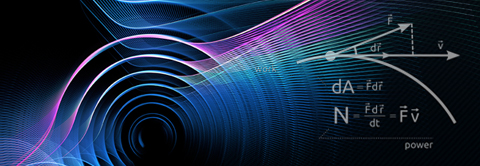| 날짜 | 2024-10-17 16:00 |
|---|---|
| 연사 | |
| 장소 | 온라인 (https://kaist.zoom.us/j/89289652931?pwd=eNz6xnTFrEMGXYj9fXpdBJsW9fEpJX.1) |
초록:
Quantum levitodynamics is an exciting new direction in quantum optomechanics, where optically trapped particles in high vacuum serve as exceptional mechanical oscillators with high quality factors and stiffness. Current research enables quantum-limited detection and control of an optically trapped nanoparticle, whose possible applications would range from macroscopic quantum tests to precision sensing. Scaling up particle sizes could unlock the limit of macroscopic quantum applications, but conventional optical theories and methods face significant limitations to the Rayleigh regime, where particle size is much smaller than the wavelength of light.
In this seminar, I present photonic approaches to achieve quantum optical control of optically trapped particles beyond the Rayleigh regime and for picogram-scale masses. First, I outline the theoretical limitations of traditional Rayleigh scattering and Gaussian beam models. I challenge this by introducing analytical and numerical methods, including the vectorial angular spectrum method and modified Born series, for accurate and efficient light scattering computation beyond conventional approaches. Second, particles larger than the Rayleigh regime exhibit lower detection efficiencies and reduced trap stiffness due to multiple scattering, hindering optimal quantum control. To address this, I apply an adjoint method for optimized light generation and customized diffractive lenses to enhance trap stiffness and detection efficiency. The successful implementation will potentially open a new avenue for matter-wave experiments with masses eight orders of magnitude larger than current records.







